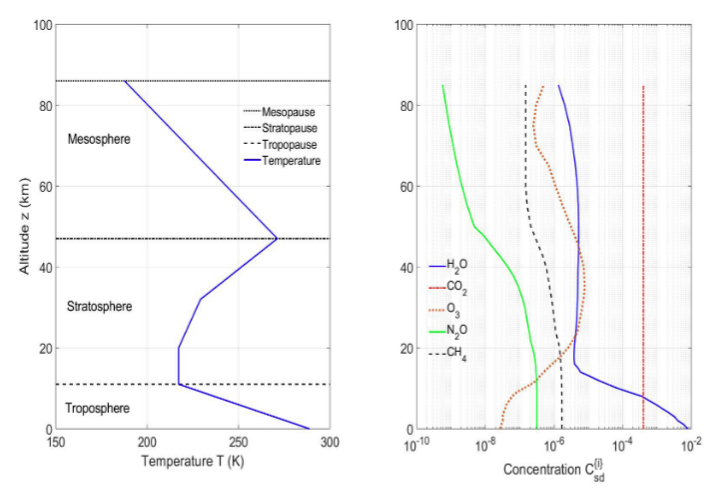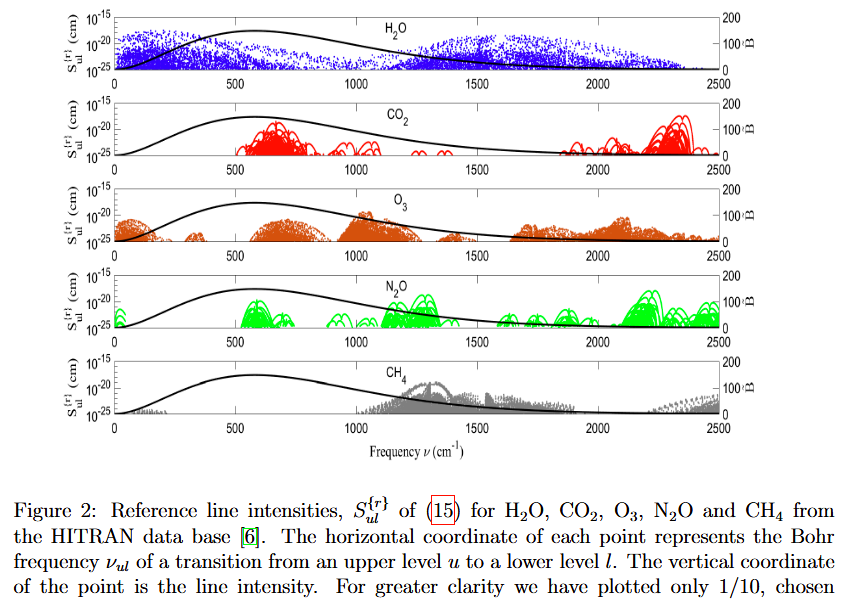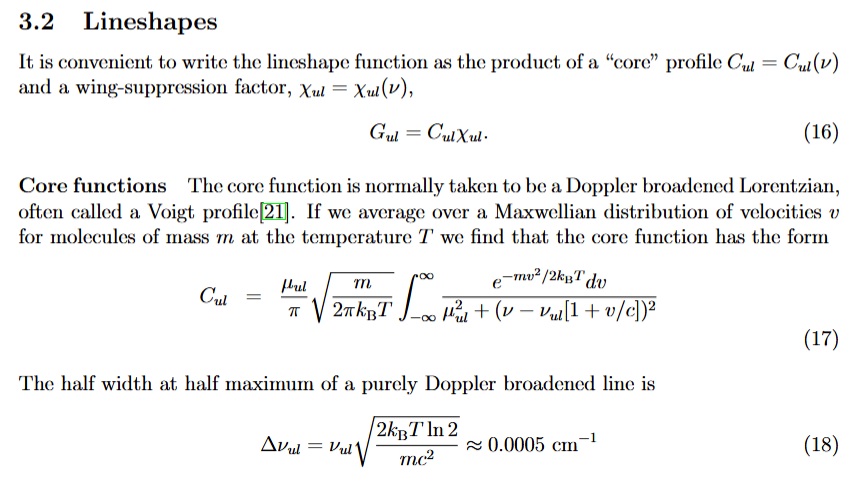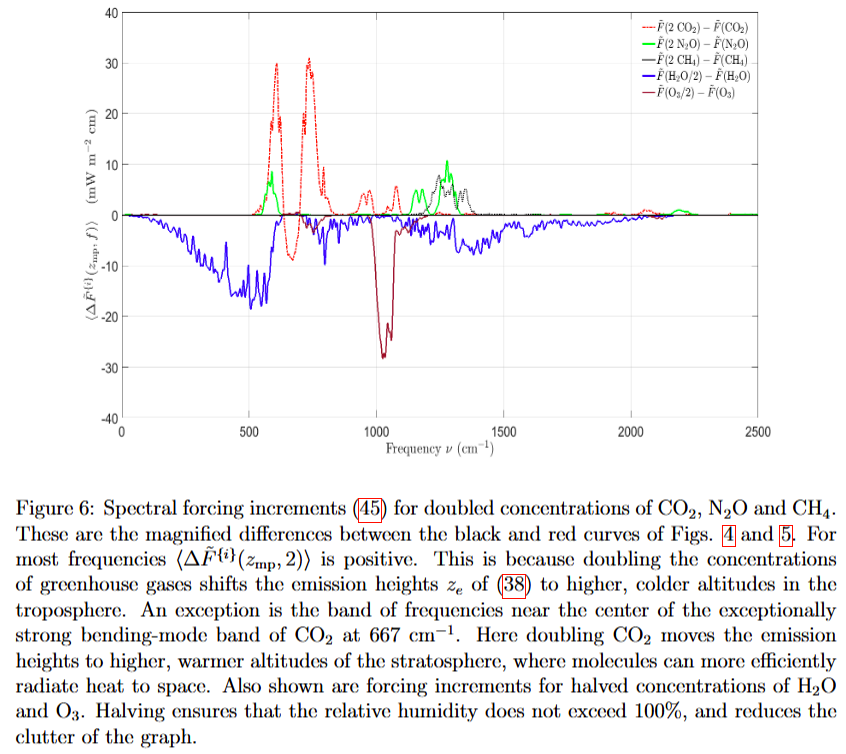I think the whole world would be a lot happier if the word “climate” was removed, and replaced by “long term weather”.
dv said:
Okay.
I mean I don’t think you’ve discovered anything amazing. There are many cycles, right up to cycles on the range of hundreds of millions of years associated with the climatic effects of supercontinental cycle.
I haven’t discovered anything amazing.
I’m finding an enormous amount of rubbish on the internet about greenhouse gas absorption curves.
For starters, everybody is quoting a scientific paper from back in the 1950s, a great paper, but it doesn’t go to large enough wavelengths, missing out half of the radiation emitted by Earth. Grr.
This link is interesting
https://www.scienceunderattack.com/blog/2021/4/5/how-near-saturation-of-co2-limits-future-global-warming-74

Greenhouse gases in the atmosphere allow most of the downward shortwave radiation to pass through, but prevent a substantial portion of the upward longwave radiation from escaping – resulting in net warming, as suggested by the relative areas of red and blue in the figure above. The absorption by various greenhouse gases of upward (emitted) radiation at different wavelengths can be seen in the lower panels of the figure, water vapor and CO2 being the most dominant gases.
The research of Happer and van Wijngaarden takes into account both absorption and emission, as well as atmospheric temperature variation with altitude. The next figure shows the authors’ calculated spectrum for outgoing radiation at the top of the atmosphere, as a function of wavenumber or spatial frequency rather than wavelength, which is the inverse of spatial frequency. (The temporal frequency is the spatial frequency multiplied by the speed of light.)

The blue curve is the spectrum for an atmosphere without any greenhouse gases at all, while the green curve is the spectrum for all greenhouse gases except CO2. Including CO2 results in the black or red curve, for concentrations of 400 ppm or 800 ppm, respectively; the gap in the spectrum represents the absorption of radiation that would otherwise cool the earth. The small decrease in area underneath the curve, from black to red, corresponds to the forcing increase of 3 watts per square meter resulting from doubling the CO2 level.
What matters for global warming is how much the additional forcing bumps up the temperature. This depends in part on the assumption made about climate feedback, since it’s the positive feedback from much more abundant water vapor in the atmosphere that is thought to amplify the modest temperature rise from CO2 acting alone. The strength of the water vapor feedback is closely tied to relative humidity.
Assuming positive water vapor feedback and constant relative humidity with increasing altitude, the preprint authors find that the extra forcing from doubled CO2 causes a temperature increase of 2.2 to 2.3 degrees Celsius. If the water vapor feedback is set to zero, then the temperature increase is only 1.4 degrees Celsius. These results can be compared with the prediction of 2.6 to 4.1 degrees Celsius in a recent study based on computer climate models and other evidence.
Although an assumption of zero water vapor feedback may seem unrealistic, Happer points out that something important is missing from their calculations, and that is feedback from clouds – an omission the authors are currently working on. Net cloud feedback, from both low and high clouds, is poorly understood currently but could be negative rather than positive.
If indeed overall cloud feedback is negative rather than positive, it’s possible that negative feedbacks in the climate system from the lapse rate (the rate of temperature decrease with altitude in the lower atmosphere) and clouds dominate the positive feedbacks from water vapor, and from snow and ice. In either case, this research demonstrates that future global warming won’t be nearly as troublesome as the climate change narrative insists.
Comment from mollwollfumble. Not only is the positive or negative feedback due to the balance between water vapour and clouds unknown, but this balance between heating from water vapour and cooling from water clouds can and does change even in the absence of any change in greenhouse gases.











